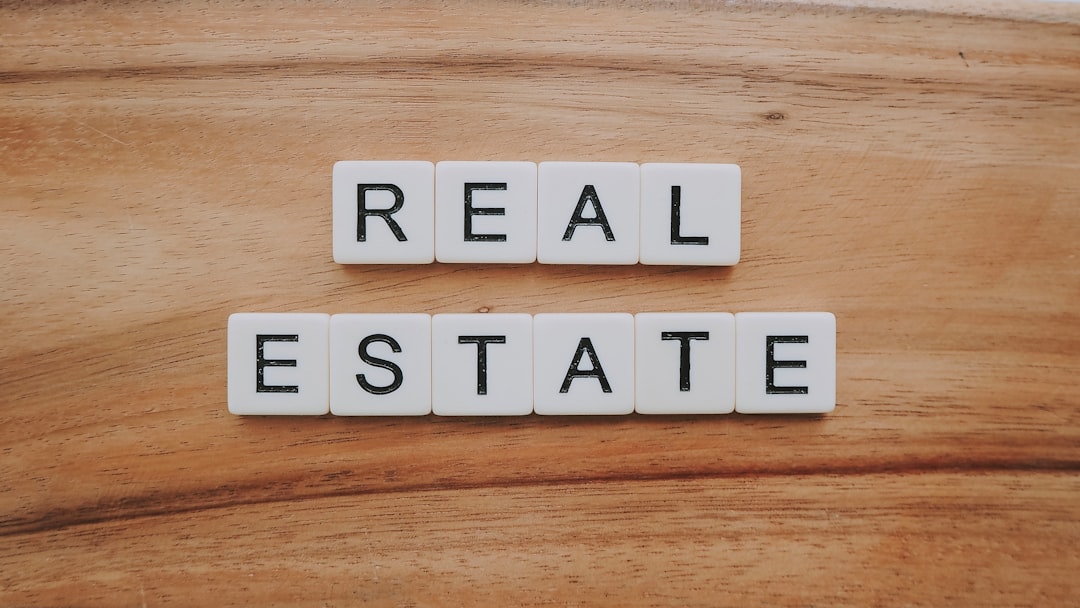What is it about?
The paper provides fair value estimates of the time path of FSLIC losses in its final years.
Featured Image
Why is it important?
Government sources deliberately understate taxpayer losses and report a misleading view of the time path over which they unfolded.
Perspectives
Delaying insolvency resolution at a government-insured S&L creates bad incentives for the firm’s private stakeholders. This is because unresolved insolvency leaves taxpayers completely responsible for next-period losses. A policy of routine forbearance passes through a disadvantaged claim for taxpayers in every zombie thrift’s future profits and losses. The resulting asymmetry in private and government exposure to losses and gains disposed zombie managements to search for longshot bets that might generate wins big enough to recapitalize their stakes. Secure in the knowledge that future losses could not worsen their own liability, private stakeholders were attracted to negative present-value assets whose return distributions promised a long positive tail. Accumulating projects whose net present values were negative obviously hurt FSLIC indirectly by undermining the average profitability of the industry it insured. This paper seeks to measure the opportunity cost of FSLIC forbearance during 1985-1989. Although the opportunity cost of delay did not increase every year, it did increase on average. Had opportunity-cost standards of capital adequacy been routinely enforced, FSLIC guarantees would not have displaced private capital on a mammoth scale, surviving members of the industry would have proven more profitable, and investments in commercial real estate would have been restrained.
Professor Edward James Kane
Boston College
Read the Original
This page is a summary of: Measuring the true profile of taxpayer losses in the S & L insurance mess, Journal of Banking & Finance, November 1995, Elsevier,
DOI: 10.1016/0378-4266(94)00107-e.
You can read the full text:
Contributors
The following have contributed to this page










